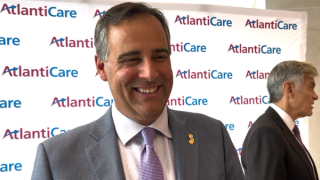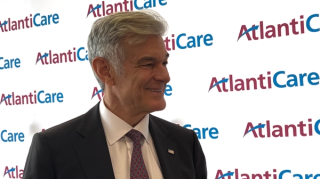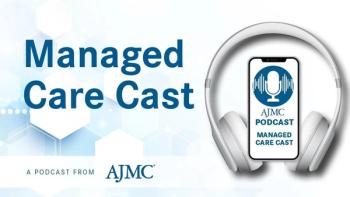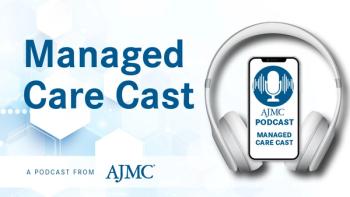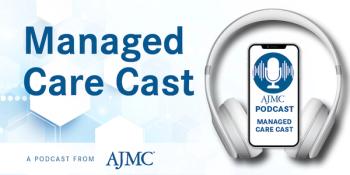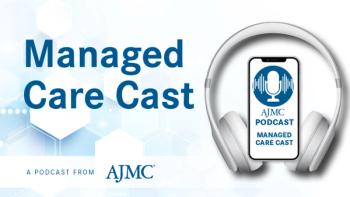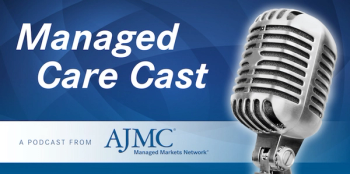
Population Health
Latest News
Latest Videos
Podcasts
CME Content
More News
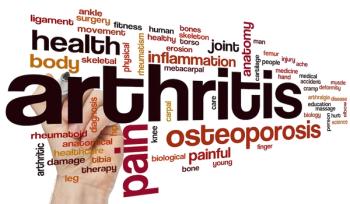
Arthritis is not one disease, and it has an impact that extends far beyond the well-known osteoarthritis or rheumatoid arthritis.

Lindsey Valenzuela, PharmD, explains how atypical symptoms, research gaps, and care inequities delay arrhythmia detection in women.
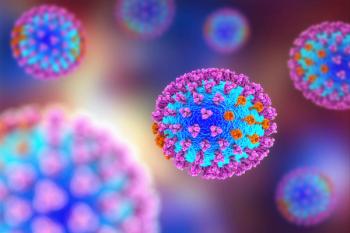
US pediatric influenza-associated encephalopathy (IAE) cases surged during the 2024-2025 season, highlighting severe health risks and the need for better surveillance.

Robert Andrews, CEO of the Health Transformation Alliance, discusses the implications of the new TrumpRx platform on drug pricing policy.
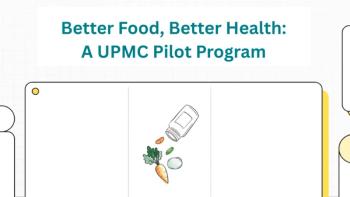
UPMC's innovative pilot program combines medically tailored meals and nutrition education to tackle chronic disease and improve community health outcomes.
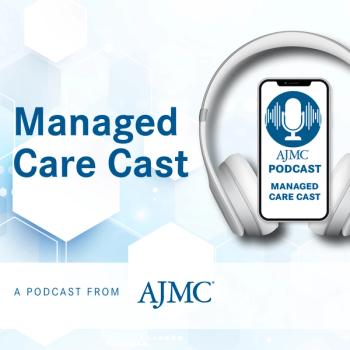
Laxmi Patel of Savista discusses how the Budget Reconciliation Act could widen Medicaid coverage gaps and strain hospitals across states.

Public health must address emotional and structural inequities, emphasizes Perry N. Halkitis, PhD, MS, MPH, dean of the Rutgers School of Public Health.
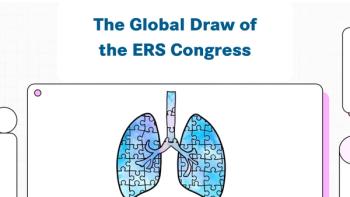
The European Respiratory Society (ERS) Congress fosters collaboration among global experts, advancing respiratory health and promoting equality in medicine.

Study finds slight temperature shifts are linked to changes in physiological stress responses.

Louisiana and Mississippi had the highest rates of maternal and child mortality in the country, respectively.

Hope Krebill of the Masonic Cancer Alliance at the University of Kansas Medical Center outlines patient navigation models that improve outcomes and reduce missed appointments.

Michaela Nuttal, MS, explores the complex culture of smoking among nurses, highlighting challenges and motivations for quitting within health care settings.

Hope Krebill, MSW, BSN, RN, discusses the challenges rural hospitals face in delivering therapies like CAR T and bispecifics.

Laxmi Patel urges hospitals to embed financial screening and simplify payment options to prepare for rising levels of uninsured patients from Medicaid changes.

From proactive recruitment to academic-community partnerships, Hope Krebill highlights ways to improve clinical trial participation.

The Trump administration highlighted a potential autism risk from prenatal acetaminophen use, but studies demonstrate conflicting evidence.

Medicare beneficiaries with near low income struggle most with health care affordability, highlighting gaps in financial assistance programs.

Same-sex couples now report higher insurance coverage than different-sex couples, but disparities by income, geography, and marital status remain.

Laxmi Patel explains how Medicaid reforms could increase uncompensated care and the burden on hospitals, and how technology can help automate workflows.

Hearing loss affects mental health, cognition, relationships, and care access, but early intervention and holistic support can improve quality of life.

Research shows that integrating pediatric behavioral health services reduces depression and anxiety symptoms, improving outcomes for children in primary care settings.

The 2024-2025 influenza season saw record-high hospitalization rates, prompting the CDC to emphasize the importance of vaccination and early antiviral treatment.
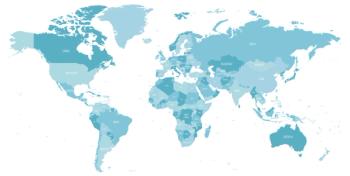
Ovarian and uterine cancers linked to high body mass index (BMI) have steadily increased among women of reproductive age, with the greatest burden observed in low- and middle-sociodemographic index regions.

In 2025, each issue of Population Health, Equity & Outcomes will feature a profile of a health system leader transforming care in their area of expertise. This issue spotlights a conversation with Marisa Rogers, MD, MPH, chief medical officer at Oak Street Health.

The authors discuss the need to repair a house divided among research, health care, and the multisector health community.








